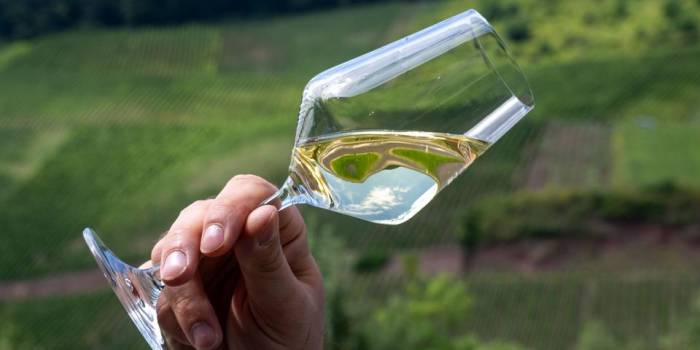Mosel Wine Harvest Surges 53% After Last Year’s Historic Low
Producers celebrate record early finish and high-quality grapes as favorable weather boosts output and regional optimism
2025-10-17

Winegrowers in the Mosel region of Germany are reporting a significantly larger harvest this year, according to information released by the Moselwein Association in Trier. The total wine production for the area, which stretches from Perl to Koblenz, is estimated at around 780,000 hectoliters, or 78 million liters. This figure represents an increase of eleven percent compared to the average harvest volume of the past ten years.
Last year, the Mosel region saw its smallest harvest in half a century, with only about 510,000 hectoliters produced. The sharp rise in yield this year has brought relief to many local producers, who faced challenges in previous seasons due to weather and other factors.
The 2025 harvest was also notable for its early completion. According to the Moselwein Association, many wineries had already finished bringing in their grapes and had begun processing them in their cellars by early October. This marks the earliest end to the harvest season ever recorded in the Mosel, which is Germany’s fifth-largest winegrowing region.
Producers are not only pleased with the quantity but also with the quality of this year’s grapes. The 2025 vintage is expected to offer a wide range of wines, from dry quality wines to noble sweet selections such as Beerenauslese and Trockenbeerenauslese. These categories are highly regarded among wine enthusiasts and collectors.
The Mosel winegrowing area covers approximately 8,400 hectares. Vineyards line the banks of the Mosel River from Perl in Saarland to Koblenz, as well as along the lower courses of the Saar, Ruwer, and Sauer rivers. More than 98 percent of these vineyards are located within Rhineland-Palatinate.
Local winemakers attribute this year’s success to favorable weather conditions during key periods of grape development and ripening. While some regions in Europe have struggled with drought or excessive rainfall, the Mosel experienced a balanced climate that allowed for healthy grape growth and optimal sugar levels.
The increased harvest is expected to benefit not only producers but also consumers and tourism in the region. With more wine available from this celebrated area, local businesses anticipate a boost in visitors seeking to taste and purchase Mosel wines directly from producers.
The Mosel is internationally known for its steep vineyard slopes and its Riesling wines, which are prized for their balance of acidity and fruitiness. The positive results from this year’s harvest reinforce the region’s reputation as one of Germany’s premier wine destinations.
Founded in 2007, Vinetur® is a registered trademark of VGSC S.L. with a long history in the wine industry.
VGSC, S.L. with VAT number B70255591 is a spanish company legally registered in the Commercial Register of the city of Santiago de Compostela, with registration number: Bulletin 181, Reference 356049 in Volume 13, Page 107, Section 6, Sheet 45028, Entry 2.
Email: [email protected]
Headquarters and offices located in Vilagarcia de Arousa, Spain.